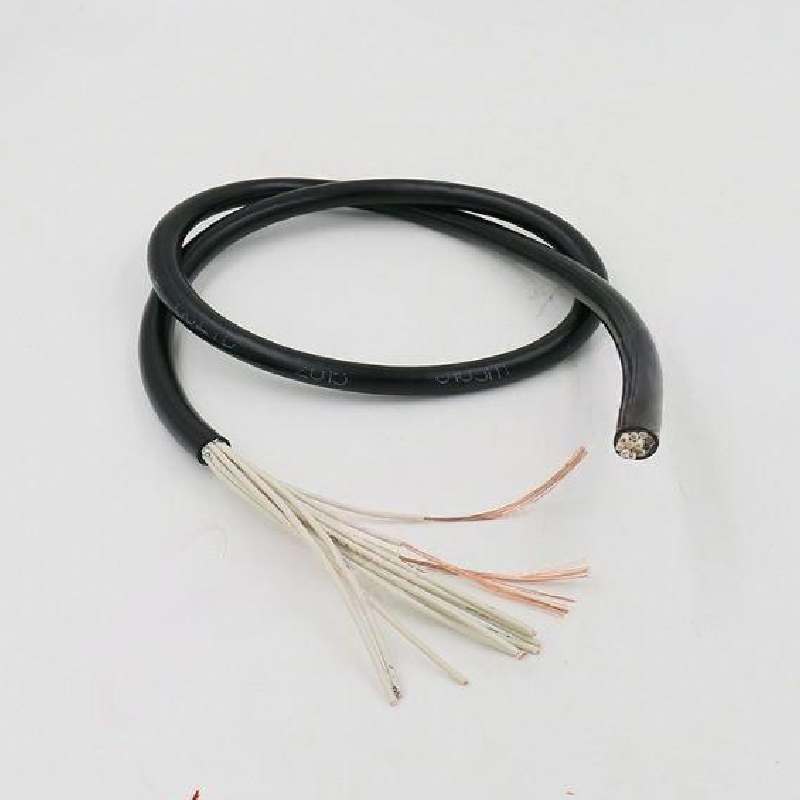دېكابىر . 04, 2024 00:43 Back to list
Y Strainer Valve for Efficient Filtration and System Protection Solutions
Understanding Y-Strainer Valves
In the realm of fluid mechanics and piping systems, the components we choose can significantly impact the efficiency and reliability of the overall system. One essential component that merits attention is the Y-strainer valve. This component is crucial for maintaining the integrity and smooth operation of piping systems in various industries, including water treatment, oil and gas, chemical processing, and pharmaceuticals.
What is a Y-Strainer Valve?
A Y-strainer valve, as its name suggests, is designed in a Y-shape and is primarily used to filter out unwanted debris and particles from a fluid. It consists of a straining element, typically a mesh screen or perforated plate, housed within a body that allows the fluid to flow through. The design facilitates easy cleaning and maintenance, making it a preferred choice for many applications.
The Y-strainer is installed in pipelines where it's important to protect downstream equipment such as pumps, valves, and meters from damage caused by dirt, rust, and other foreign materials. Its function is simple yet vital to prevent blockages that could lead to system failures or inefficiencies.
Features of Y-Strainer Valves
One of the standout features of Y-strainer valves is their ability to provide a large filtration area while minimizing pressure drop. This characteristic ensures an uninterrupted flow of liquid, making them ideal for situations where maintaining pressure is critical. Additionally, Y-strainers can be designed to handle various fluid types, including corrosive and high-temperature liquids, making them versatile in application.
Another notable feature is their ease of maintenance. Most Y-strainers have removable screens that allow operators to clean or replace the straining element without needing to dismantle the entire valve. This capability is especially beneficial in environments where routine checks are necessary to avoid operational disruptions.
y strainer valve

Applications of Y-Strainer Valves
Y-strainer valves find applications across numerous sectors. In water treatment facilities, they are used to protect pumps from debris that might enter the system. In chemical processing, Y-strainers safeguard sensitive equipment from particulate matter that could affect product quality. Similarly, in the food and beverage industry, they help ensure that contaminants do not enter production lines, thereby maintaining the purity of the final product.
Moreover, in HVAC systems, Y-strainers prevent dirt and debris from clogging coils and filters, ensuring efficient operation. In oil and gas pipelines, they protect expensive and critical equipment from the adverse effects of particulate contamination, greatly extending the lifespan of expensive machinery.
Selecting the Right Y-Strainer Valve
When selecting a Y-strainer valve for a particular application, several factors must be considered, including the type of fluid, operating pressure, temperature, and the required mesh size of the straining element. It is essential to match the strainer's specifications with the system demands to ensure optimal performance.
Additionally, it's crucial to consider the installation orientation of the strainer. While Y-strainers can be installed in any position, installing them horizontally is often recommended to allow solids to settle easier, thus enhancing their filtering efficiency.
Conclusion
In summary, Y-strainer valves are indispensable components in fluid transport systems across various industries. Their ability to filter out debris and protect downstream equipment ensures system longevity and operational efficiency. Understanding the importance of selecting the right Y-strainer for specific applications can help organizations prevent costly downtimes and maintain the reliability of their systems. As industries continue to evolve, the role of Y-strainer valves will undoubtedly remain pivotal in ensuring seamless fluid handling and processing. Whether in municipal water systems, industrial applications, or commercial facilities, Y-strainers are a small yet mighty component in the larger machinery of everyday operations.
Share
-
Reliable Wafer Type Butterfly Valves for Every IndustryNewsJul.25,2025
-
Reliable Flow Control Begins with the Right Ball Check ValveNewsJul.25,2025
-
Precision Flow Control Starts with Quality ValvesNewsJul.25,2025
-
Industrial Flow Control ReliabilityNewsJul.25,2025
-
Engineered for Efficiency Gate Valves That Power Industrial PerformanceNewsJul.25,2025
-
Empowering Infrastructure Through Quality ManufacturingNewsJul.25,2025